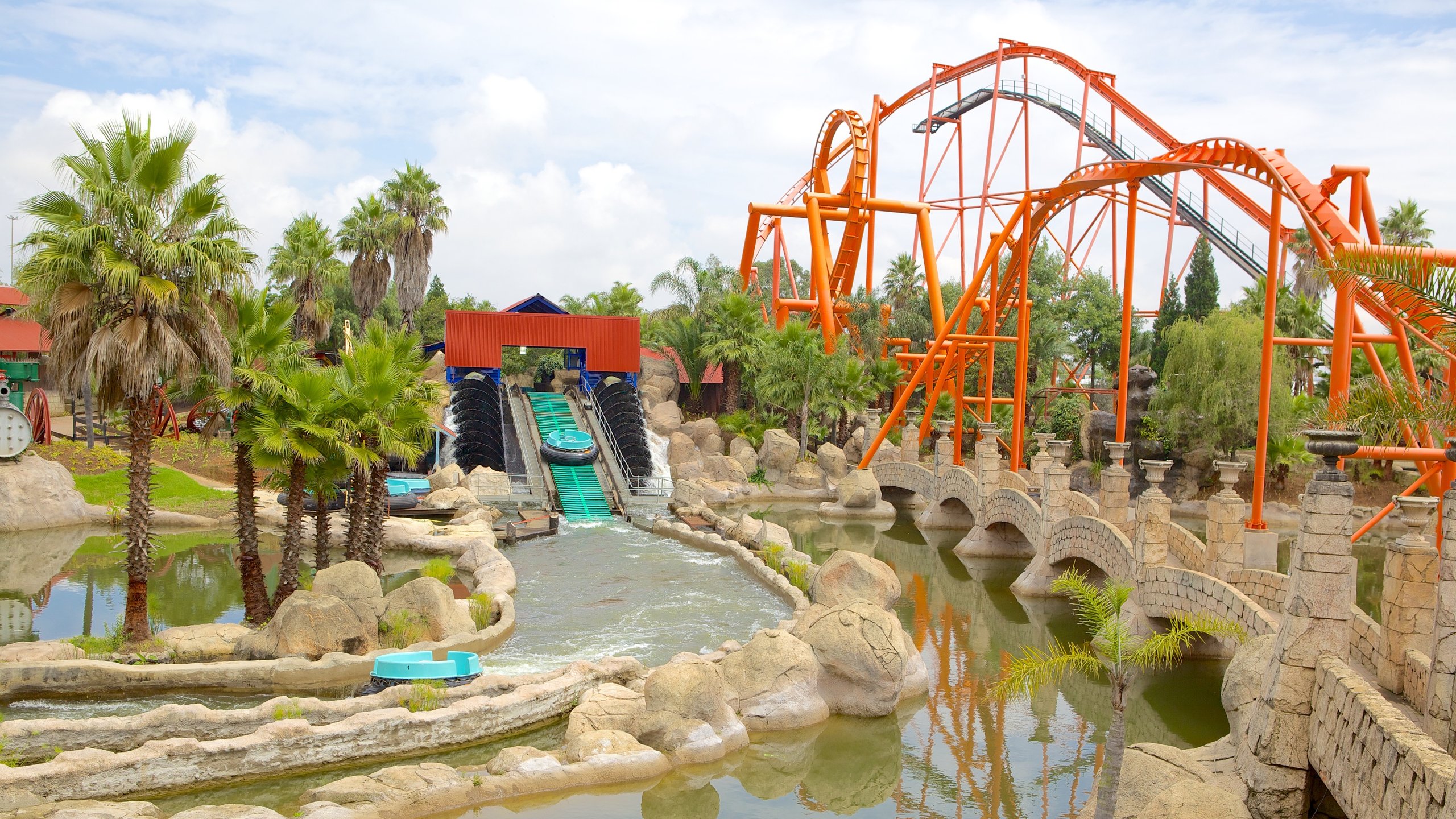Some Known Questions About Johannesburg North Attractions.
Table of ContentsThe Facts About Johannesburg North Attractions UncoveredNot known Incorrect Statements About Johannesburg North Attractions Things about Johannesburg North AttractionsThe 20-Second Trick For Johannesburg North AttractionsGetting My Johannesburg North Attractions To WorkThe Single Strategy To Use For Johannesburg North AttractionsThe Best Strategy To Use For Johannesburg North Attractions
You need to keep protection in mind and tourists need to remain sharp at all times when in strange surroundings. Talk to the locals when you remain in community to find out regarding the location you are staying in. Johannesburg North attractions. When on the street (this does not put on mall and various other secure atmospheres) ideal general recommendations is to attempt your best to appear like a neighborhood and to avoid presenting any type of riches
The Greatest Guide To Johannesburg North Attractions
Professor Revil Mason O. J. (Thomson, 1946) checked out the Witwatersrand's pre-colonial background. His historical work took off the 'em pty land' myth, according to which the region was lacking human habitation before the arrival of European inhabitants. In his magazines Prehistory of the Transvaal: A Record of Human Activity (1962) and Origins of Black Individuals of Johannesburg and the Southern Western Central Transvaal AD 3501880 (1986 ), Professor Mason demonstrated the extent of social and financial advancement in the area before Europeans established foot right here.

10 Simple Techniques For Johannesburg North Attractions
In 1878, David Wardrop found gold in quartz blood vessels at Zwartkop, north of Krugersdorp. In 1881, Stephanus Minnaar came across gold on the farm Kromdraai, near the Cradle of Mankind.
In March 1886, an outcropping (soon to be called the Main Coral reef) was located, quite luckily, on Gerhardus Oosthuizen's ranch Langlaagte. Some claim that the Lancastrian coal miner George Pedestrian found this coral reef. One more travelling English prospector, George Harrison (who had formerly operated in Australian mines) obtained a prospecting licence in regard of Langlaagte in Might 1886.
He determined to go on in a mission for greener pastures, and disposed of his Langlaagte claim for the handsome amount of 10. Alas: beneath lay the wealthiest goldfield ever found. The discovery of this abundant auriferous coral reef prompted a gold rush that signalled the end of agrarian serenity in the southerly Transvaal.
It would certainly, within six years, end up being the largest town in southerly Africa. Within a years, it would make the Z. A. R. up until after that an anarchical and bankrupt little state the richest country in Africa. By the millenium, the Z. A. R. was to surpass Russia, Australia and the United States of America to become the world's leading gold producer, generating greater than a quarter of the world's gold.
The Best Guide To Johannesburg North Attractions
It was known as Ferreira's Camp, called after Colonel Ignatius Ferreira. He was a Boer adventurer upon whom the British authorities had actually bestowed the standing of Buddy of one of the most Identified Order of St Michael and St George (entitling him to the post-nominal letters C. M. G.) in appreciation for his duty in the war that had actually deposed the Pedi king Sekhukhune in 1879.
2 other camps were developed: Meyer's Camp on the farm Doornfontein, and Paarl Camp. The latter was nicknamed Afrikander Camp; lots of people from the Cape Swarm worked out there.

Getting The Johannesburg North Attractions To Work
This name obtained currency by word of mouth, such that the State Assistant attested the name to the Mining Commissioner on 9 October 1886. Stands in the village were auctioned on 8 December 1886. While some stands were cost 10, others were torn down for as little as sixpence.
2 years later, these erven were to transform hands for as long as 750 each. The tented camps dwindled as a dorp of corrugated iron structures developed and expanded north of the mines located along the Key Coral Reef Road. try here Locations such as Jeppe's Town (where working-class immigrants erected their homes) and Doornfontein (where the wealthy new 'Randlords' started to build their luxurious homes) were soon included in the ever-expanding map of the community.
Excitement About Johannesburg North Attractions
Apart from the street names, there were no indicators of Johannesburg being positioned in a Dutch-speaking nation. Years later, C. W. Kearns O. J. (among the first kids enrolled at St John's University in 1898) would certainly remember: 'An unusual fact regarding Johannesburg was that, although it remained in the [Boer Republic], virtually everyone spoke English and even the Federal government servants dealt with one in English, unless they were very first addressed in the Taal (or Reduced Dutch)'.
Britain had a passion in making sure optimum problems for gold production on the Witwatersrand, and that the gold was exported to London rather than Berlin a crucial made all the extra clamant by the Z. A. R.'s raising toenadering with Germany. Mine proprietors were on a clash with President Kruger, whose plan of monopolistic giving ins (often provided visit site to his cronies) avoided mining business from procuring products of materials (specifically dynamite) and labour by themselves, less costly terms
Little Known Questions About Johannesburg North Attractions.
In 1890, the Volksraad had limited the franchise business to white guys that had lived in the Z. A. R. for fourteen years or longer, hence disqualifying the majority of the immigrants (that occurred to be the significant factors to the fiscus). However, frustration for the vote was a mere pretext for promoting a various program; the majority of uitlanders concerned themselves as momentary visitors and had no intent of continuing to be in the Z.